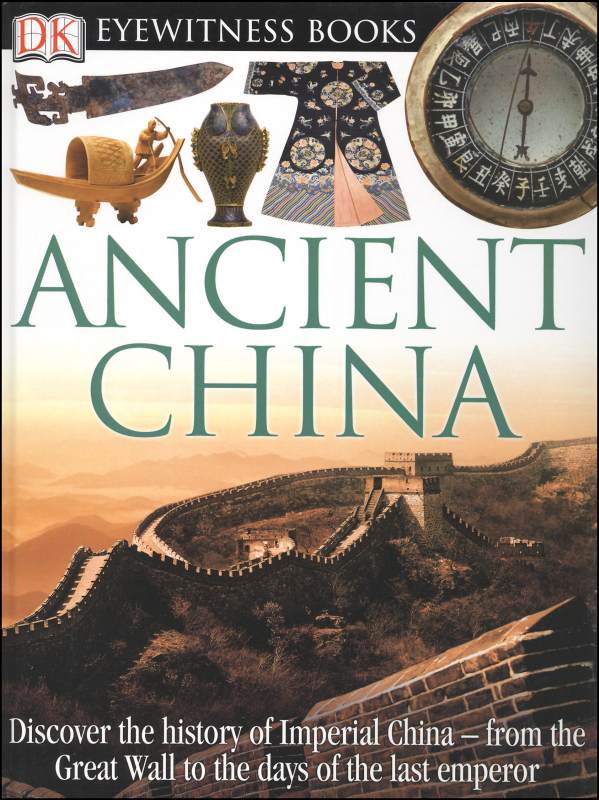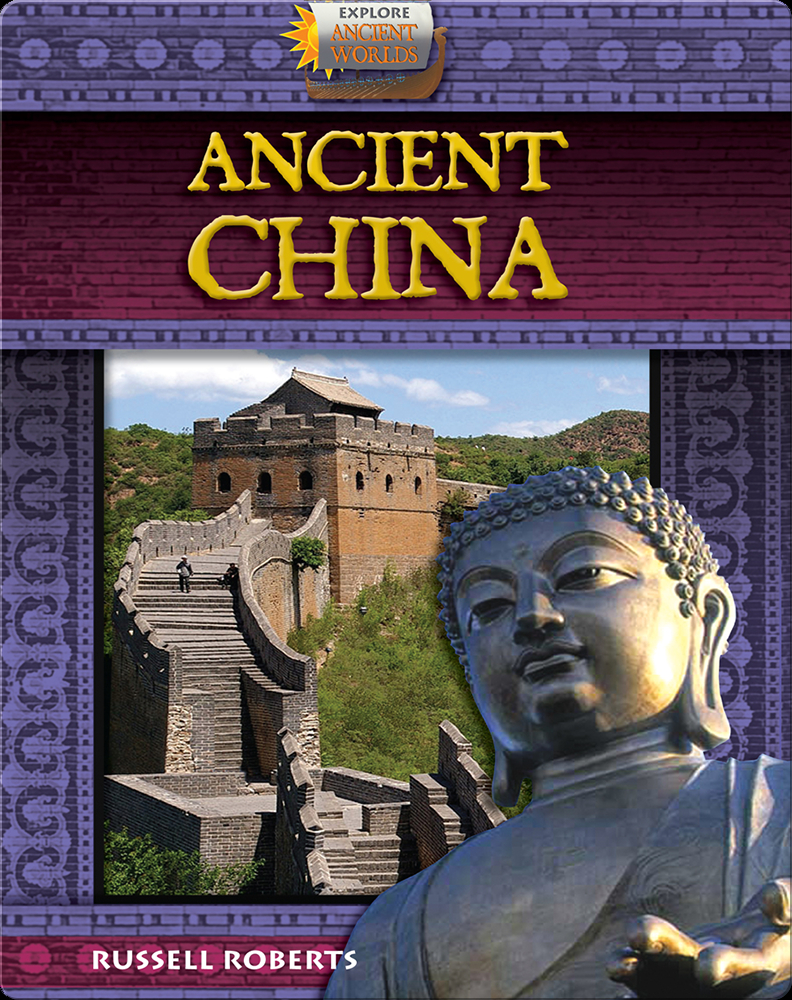



In ancient China, a majority of the population lived as farmers. The rest of the population, which was a much smaller percentage, lived as merchants, nobles, and imperials. At the top of it, all was the Emperor and his family. Each of these different groups lived many different lives. Read through these resources to take a detailed look at daily life in Ancient China.

Pottery models of houses and farm structures were commonly included in Eastern Han burials to provide for the afterlife. This model demonstrates not only funeral practices, but also farming and housing, as well as pottery methods in Ancient China.
Pottery models of houses and farm structures were commonly included in Eastern Han burials to provide for the afterlife. This model demonstrates not only funeral practices, but also cooking methods, as well as pottery methods in Ancient China.
This model gives us an idea of the type of architecture present in Han Dynasty China.
On this colorful textile, several lively creatures climbing cloudlike mountains are interspersed with Chinese characters that form an incomplete auspicious inscription. The pattern of animals and clouds was popular on Chinese silks from the Han to the Jin dynasty (ca. 1st–3rd century). Textiles with such patterns have been found at archaeological sites all over China, including in the far west, and were often referred to in contemporary documents by complete or partial inscriptions. The inscription on this work includes the characters for ming guang (brightness), which is thought to denote the Ming Guang Palace, built for Emperor Wudi of the Han dynasty. The inscription honors the lord of the palace.
Representations of the Buddha wearing a thick shawl over both shoulders and sitting atop a throne with lions on either side are Chinese adaptations of images derived from the northwest region of the Indian subcontinent, particularly from areas in present-day Pakistan (known as Gandhara in the ancient world). Scientific examination of this sculpture has shown that it was cast using several ceramic molds, a technique that was also used to create the ancient bronze ritual vessels on view in this gallery. By the fifth century, the lost-wax method, which may have been introduced with Buddhism, was used more often for the casting of Chinese sculptures.
Fanciful vessels such as this were produced primarily in south China; however, examples in both clay and bronze have been found in the north as well. The shape has a long history and was first produced in the second and third centuries for pouring liquids.
Representations of foreigners are frequently found among Tang pottery sculptures, illustrating the cosmopolitan culture of the period. This figure can be identified by his dark skin, prominent eyes, curly hair, and scanty clothing as a dancer from South or Southeast Asia.
Distinguished by her larger size, bird-shaped cap, and flowing gown, the figure seated at the far left represents Xiwangmu, the Queen Mother of the West. Thought to rule the land of the immortals (located somewhere to the west of China), Xiwangmu played a major role in Han funerary beliefs. The structured placement of Xiwangmu and her attendants in the pavilion is typical of later Han representations of heavenly courts, which under the influence of Confucianism, began to parallel the organization of earthly ones.
This Central Asian groom's attire, consisting of a short coat with wide lapels and trousers tucked into knee-high boots, originated in Western Asia.


 Ancient China by
Ancient China by  Ancient China by
Ancient China by  Ancient China by
Ancient China by  Ancient China by
Ancient China by  Ancient China by
Ancient China by  Ancient China by
Ancient China by  Ancient China : life, myth and art by
Ancient China : life, myth and art by  China : the world's oldest living civilization revealed by
China : the world's oldest living civilization revealed by  Life in ancient China by
Life in ancient China by  Step into the world of Ancient China
Step into the world of Ancient China Your travel guide to ancient China by
Your travel guide to ancient China by